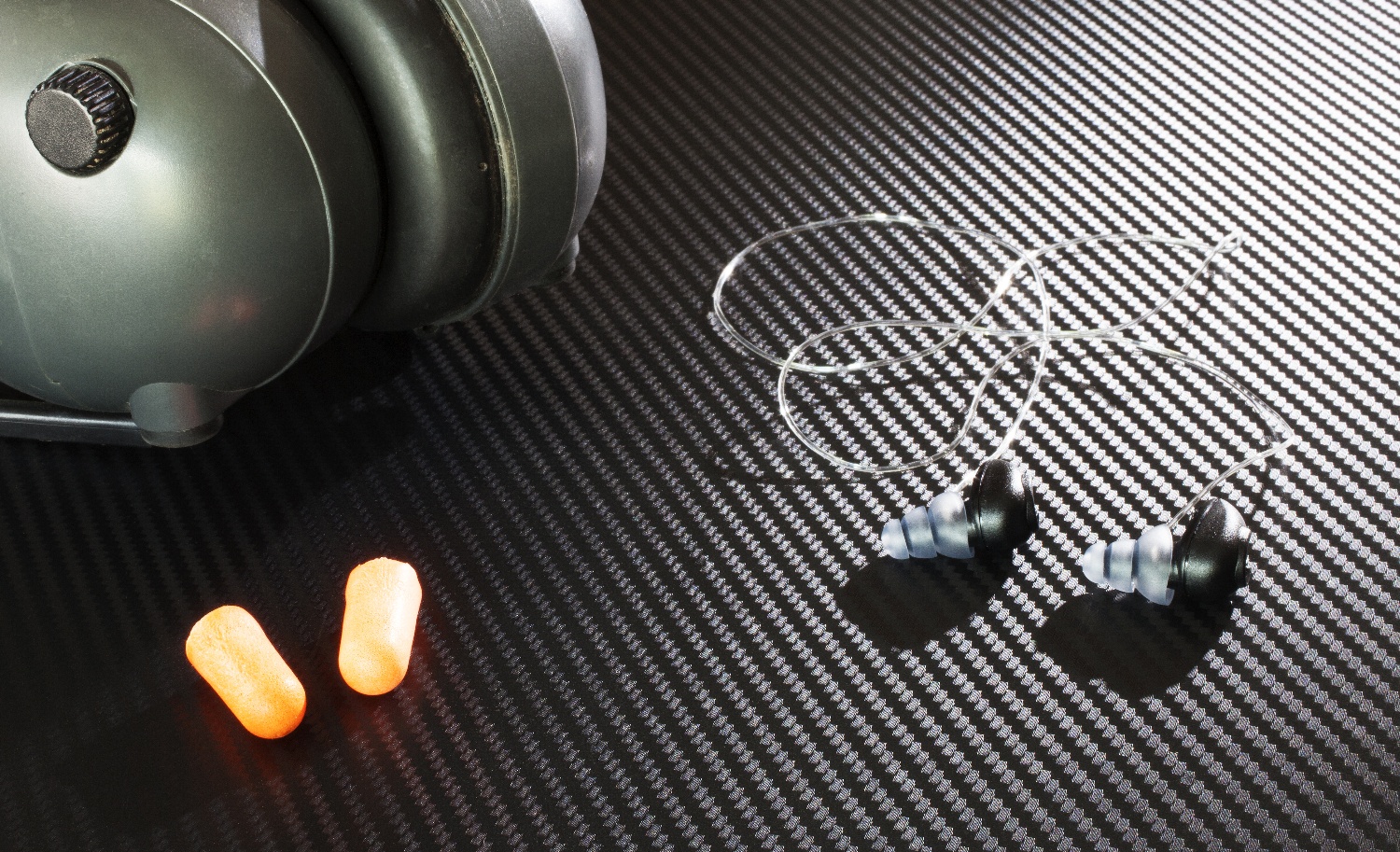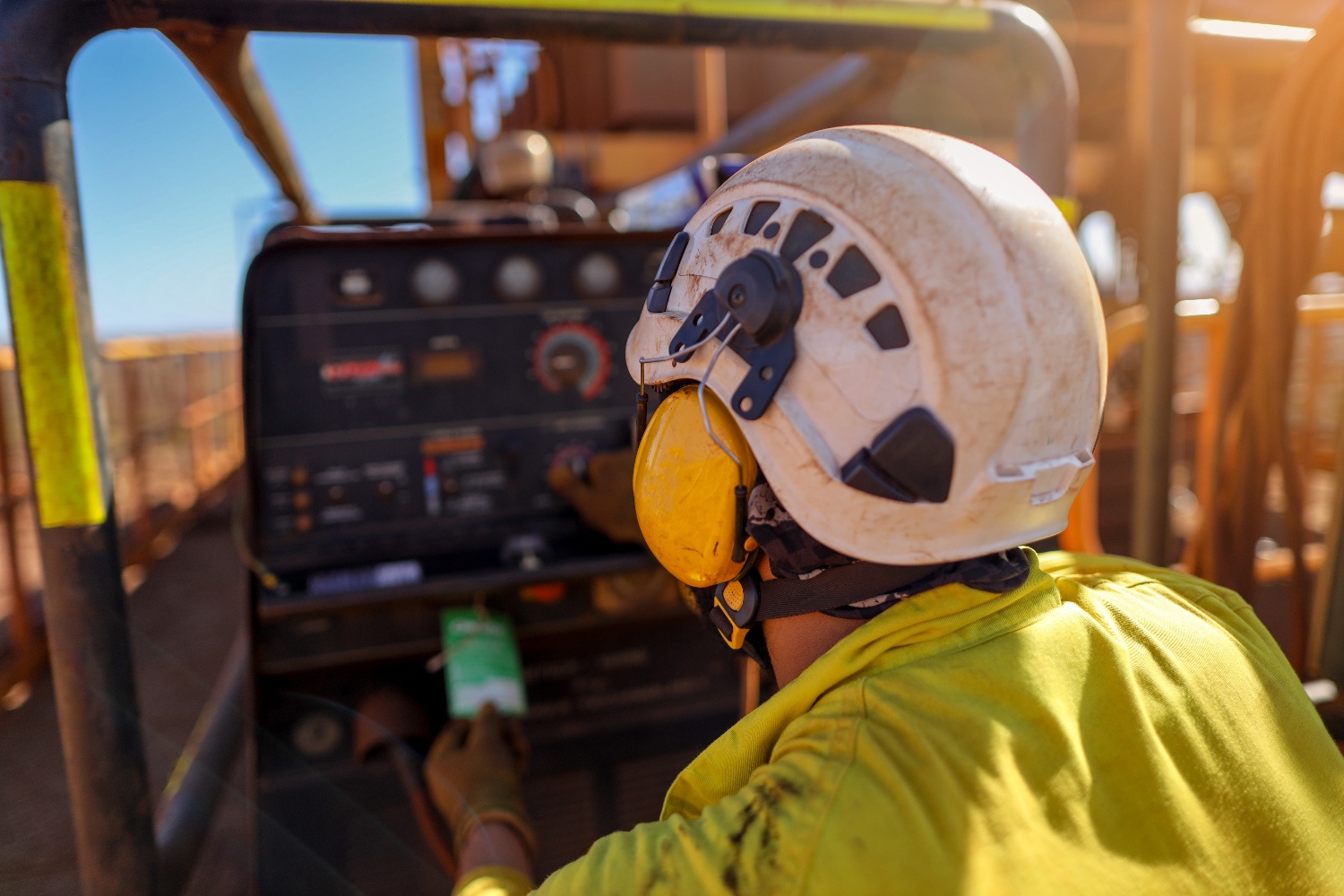
Most of us know that it is vital to protect our hearing when we’re on a worksite or near any dangerously loud noises for that matter. Earmuffs and ear plugs are both the obvious and best choices for hearing protection; but which one? and with what features? Determining the right type of hearing protection comes down to a set of requirements based on fit, comfort, and noise reduction vs. ease of use.
Fit
Arguably the most important point is the fit of the device. Using almost any hearing protection device that fits well is far more effective than a technically superior product that doesn’t fit its user well. A poorly fitting device allows for noise to leak in or for the device to completely be dislodged from its correct placement, providing a fraction of the effective protection that it is capable of. Be sure to only use earmuffs that seal to the head even when moving, and ear plugs that won’t fall out during use.

Hearing protection devices come in many shapes and sizes; which is the best for you?
Comfort
Apart from poorly fitting hearing protection devices offering less effective noise protection, such a device is likely to be uncomfortable to the user. On long shifts, a user equipped with uncomfortable earmuffs or ear plugs is unlikely to spend the duration of the shift with the hearing protection applied. Removal of the hearing protection device, even for a proportionally short period of the entire shift, greatly reduces the effective protection provided. For example, using hearing protection for seven hours out of eight hours of noise exposure reduces the effectiveness of the hearing protection device by half.
For optimal comfort and therefore extended wearability, ensure the device is made of non-irritable soft materials. In hot environments, opt for ear plugs instead of earmuffs, which can induce sweating, creating discomfort and compromising the seal of the cups.
Noise Reduction vs. Ease Of Use
More noise attenuation doesn’t necessarily equate to a safer working environment. Among workers, communication is critical not only for effective work but also for safety. In these instances, it is best to test the hearing protection device in a communicative scenario while being exposed to the relevant workplace noise levels, ensuring verbal communication is still possible while reducing the maximum noise level to beneath the threshold of danger for prolonged exposure (around 80 dB).
This can also be achieved by reducing environmental noise, either at the source itself or using an acoustic screening system like Echo Barrier portable acoustic barriers to isolate particularly noisy processes or machinery.
Echo Barriers: An Extra Layer Of Protection
Echo Barrier is an innovative portable noise control system designed to mitigate noise in dynamic and sensitive work environments, reducing noise by up to 43 dB. These portable noise barriers can be used in conjunction with personal protective equipment to maximize hearing protection for both workers and the community.

